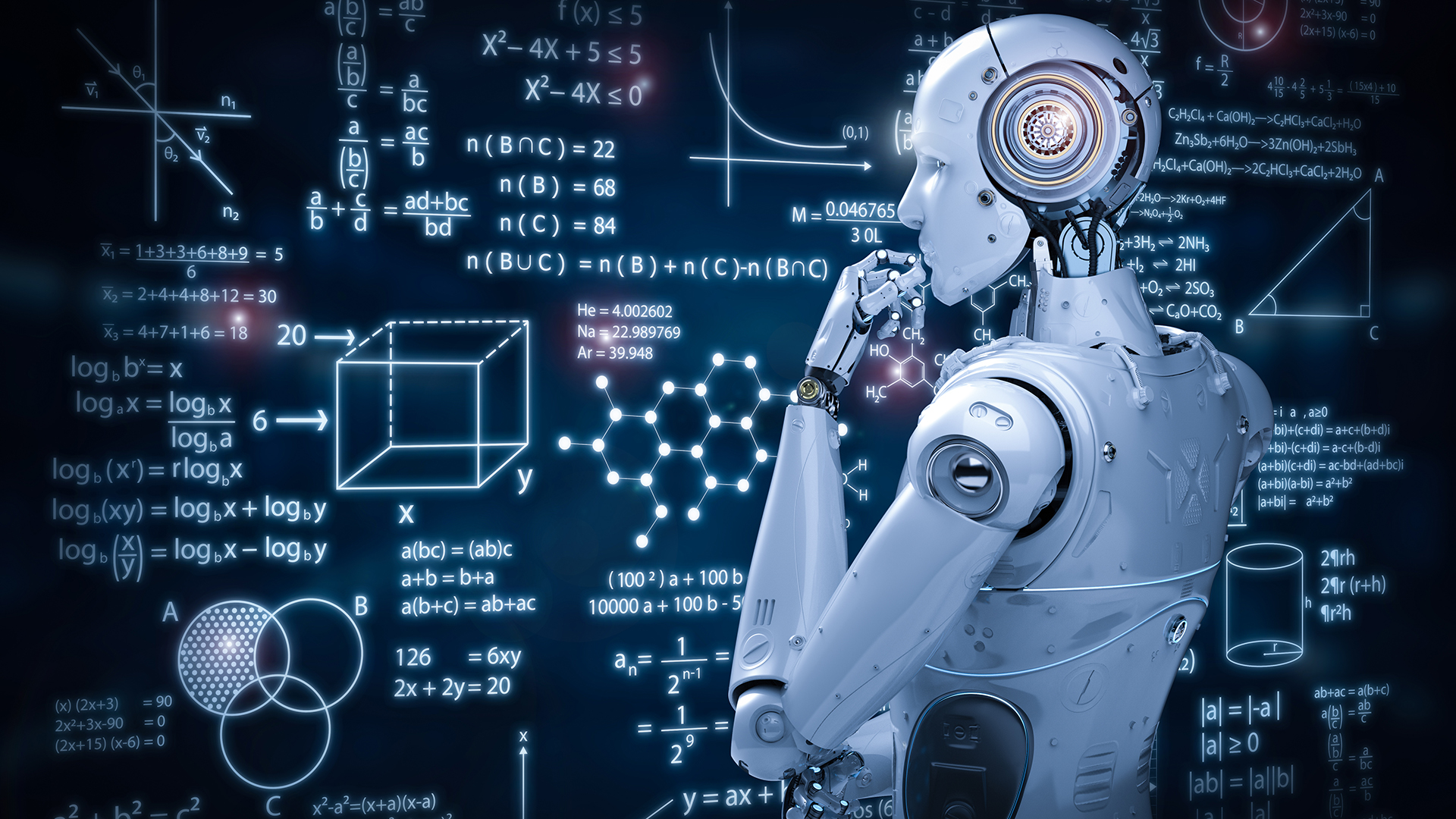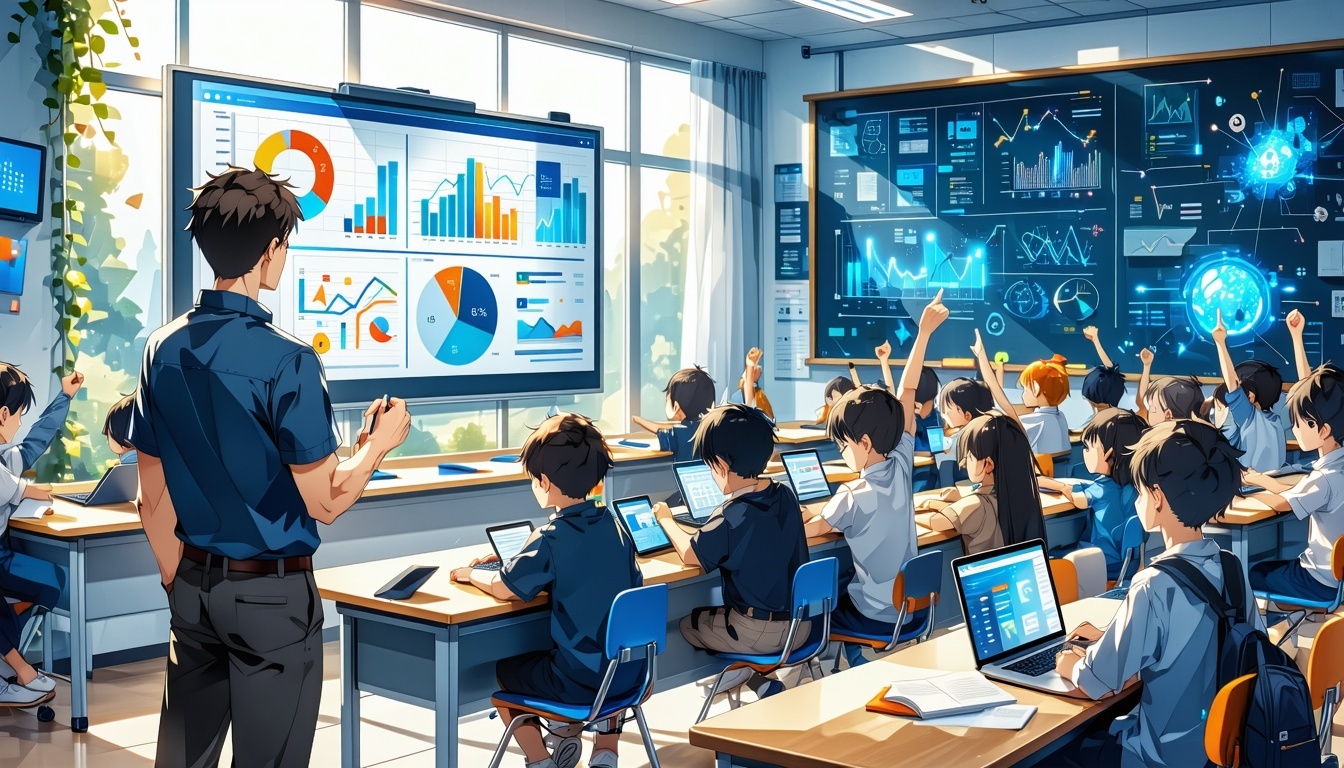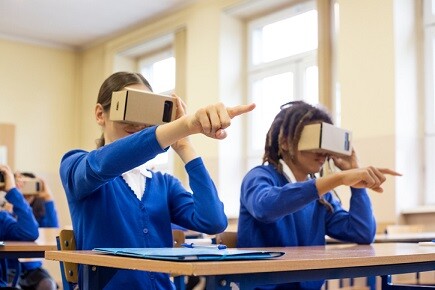How AI is Reshaping the Future of Education
Artificial Intelligence is significantly transforming the education sector by personalizing learning experiences and enhancing educator efficiency....
You must be logged in to the LATechNet portal to view additional resources.
3 min read
 Aria - LATechNet Team
:
Aug 4, 2025 7:57:52 PM
Aria - LATechNet Team
:
Aug 4, 2025 7:57:52 PM

In classrooms across the country, something exciting is happening—artificial intelligence, or AI, is becoming a bigger part of how we teach and learn. You might have noticed new digital tools or apps popping up, helping teachers figure out what each student needs to succeed. That’s all thanks to the growing role of AI in K-12 education.
Personalized learning is at the heart of this change. It means making sure every student gets lessons and support that fit just right, like a tailor-made suit. AI makes it easier for teachers to spot where students are doing well and where they need a little extra help. In the coming sections, we’ll explore how AI is transforming classrooms, helping teachers support every learner, no matter their background or learning style.
Personalized learning is all about giving each student a learning experience that fits their own pace, interests, and needs. Instead of everyone following the same lesson, students can explore topics in ways that work best for them. This is where artificial intelligence (AI) really shines. AI tools can look at how students are doing and quickly change up lessons or activities to keep everyone challenged and engaged. It’s like having a helper for every child in the classroom!
In K-12 classrooms, teachers and students might use adaptive learning platforms that adjust questions based on how students answer, fun educational apps that recommend new topics, or automated assessment tools that give instant feedback. These technologies are making it easier than ever to give students the right support at the right time, helping them grow and stay motivated. As the Brookings Institution points out, AI can adapt instruction to each student, improving both engagement and individualized support (Brookings Institution).
Imagine a classroom where each student has their own personal tutor. That’s what AI-driven adaptive learning platforms are bringing into reality! These smart systems use student data—like quiz results or time spent on tasks—to figure out what each learner needs next. For example, if a student is struggling with fractions, the platform might slow down the pace and offer extra practice, while a student who’s breezing through can move ahead to more challenging problems. Paths through the material bend and twist to fit every learner’s strengths and challenges.
Research highlights the promise of these tools: in pilot programs, adaptive AI platforms boosted student performance by up to 20% (Holmes et al., 2019). UNESCO also notes how AI helps create learning journeys that truly fit students with different needs and backgrounds (UNESCO).
AI-powered apps and tools are changing how students connect with their learning. With interactive lessons and personalized challenges, AI can make learning feel more like a game than a chore, helping students stay curious and motivated. Teachers are noticing that students are more excited to participate when the material speaks directly to their interests and needs (Edutopia).
But it doesn’t stop there. AI also gives teachers superpowers when it comes to assessment. Real-time feedback means students know right away how they’re doing, and teachers can spot who might need extra help or a bigger challenge. In fact, more than 40% of teachers say AI tools help them identify and support students who are struggling or ready to move ahead (ISTE). This makes learning more personal and keeps everyone moving forward together.
With AI making waves in classrooms, the teacher’s role is changing. Instead of just delivering facts, teachers are becoming guides, helping students explore and make sense of what they learn. This means teachers need to get comfortable using AI tools, so professional development is key. Learning how to use these new tools isn’t always easy, but it can be exciting to see how they help students grow!
There are some big things to think about, too. Making sure every student has access to AI-powered learning—no matter their background—is super important. And, of course, keeping student data private is a must. Many teachers are excited to see how AI can help, though it can be a little scary to change up classroom routines. With teamwork and open minds, teachers and school communities can make these new dynamics work for everyone.
When it comes to bringing AI into K-12 classrooms, there are some real hurdles to clear. Schools often face tight budgets, so paying for new technology and the internet infrastructure to support it can be tough. Plus, not every student has the same access to devices or reliable Wi-Fi, which can make things unfair.
On top of that, there are important ethical questions. How do we keep students’ data private? How do we make sure algorithms don’t accidentally favor some groups over others? And can we trust the systems to be clear about how they make decisions? These are big questions researchers are working hard to answer.
Still, the future looks exciting. AI has the potential to close achievement gaps and make learning more inclusive by meeting each student where they are. New tools and smarter systems are popping up all the time, promising to make classrooms fairer and more engaging for everyone.
LATechNet is a trusted partner for schools diving into the world of AI. With deep expertise in K-12 education technology, they help schools set up adaptive learning platforms that adjust to each student’s needs. They also handle secure data management, making sure privacy stays front and center.
But it doesn’t stop there—LATechNet offers technical support and ongoing training, so teachers feel confident using new tools. By working closely with schools, LATechNet ensures that technology lines up with learning goals and addresses big challenges like equity and security. Their commitment is to help schools make the most of AI, creating safe, welcoming, and effective learning environments for every student.

Artificial Intelligence is significantly transforming the education sector by personalizing learning experiences and enhancing educator efficiency....

This article explores the transformative impact of AI-driven predictive analytics in K-12 education, highlighting how these tools help identify...

Introduction Remember when classroom technology meant overhead projectors and bulky desktop computers? We've come a long way since then! Educational...